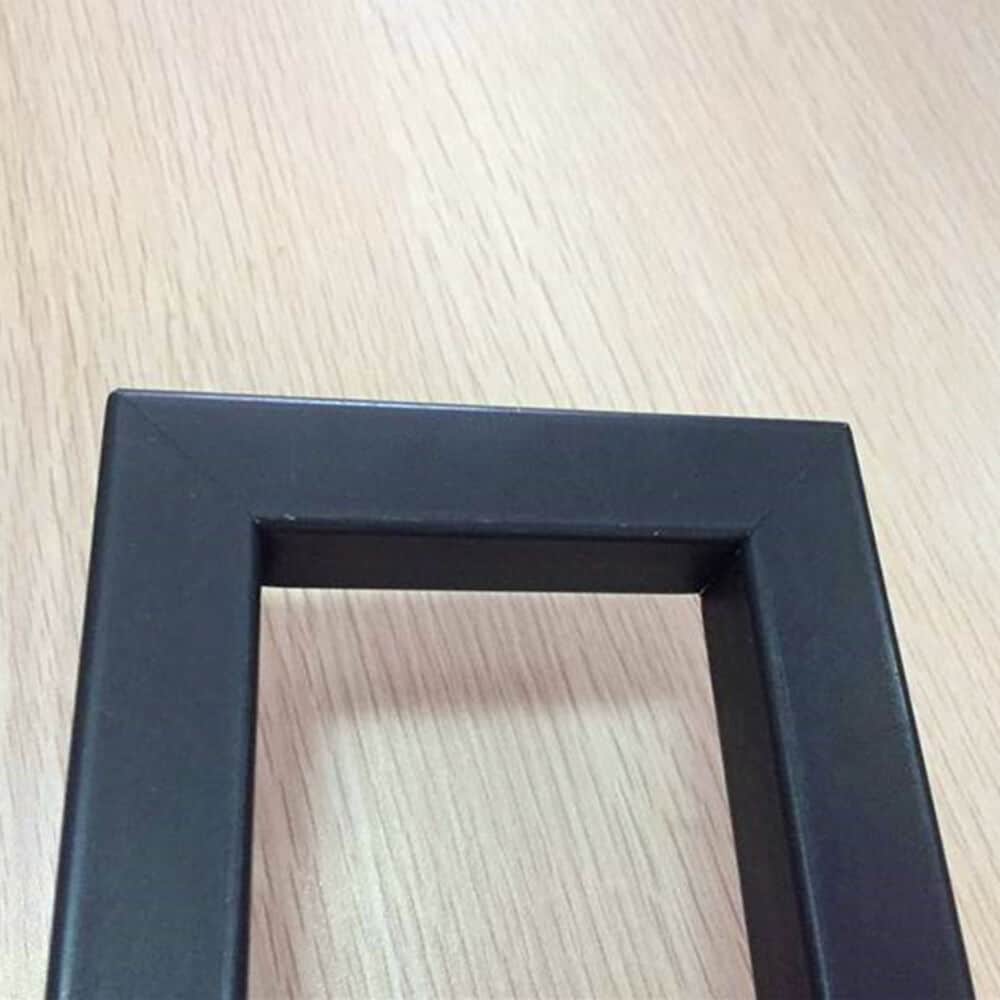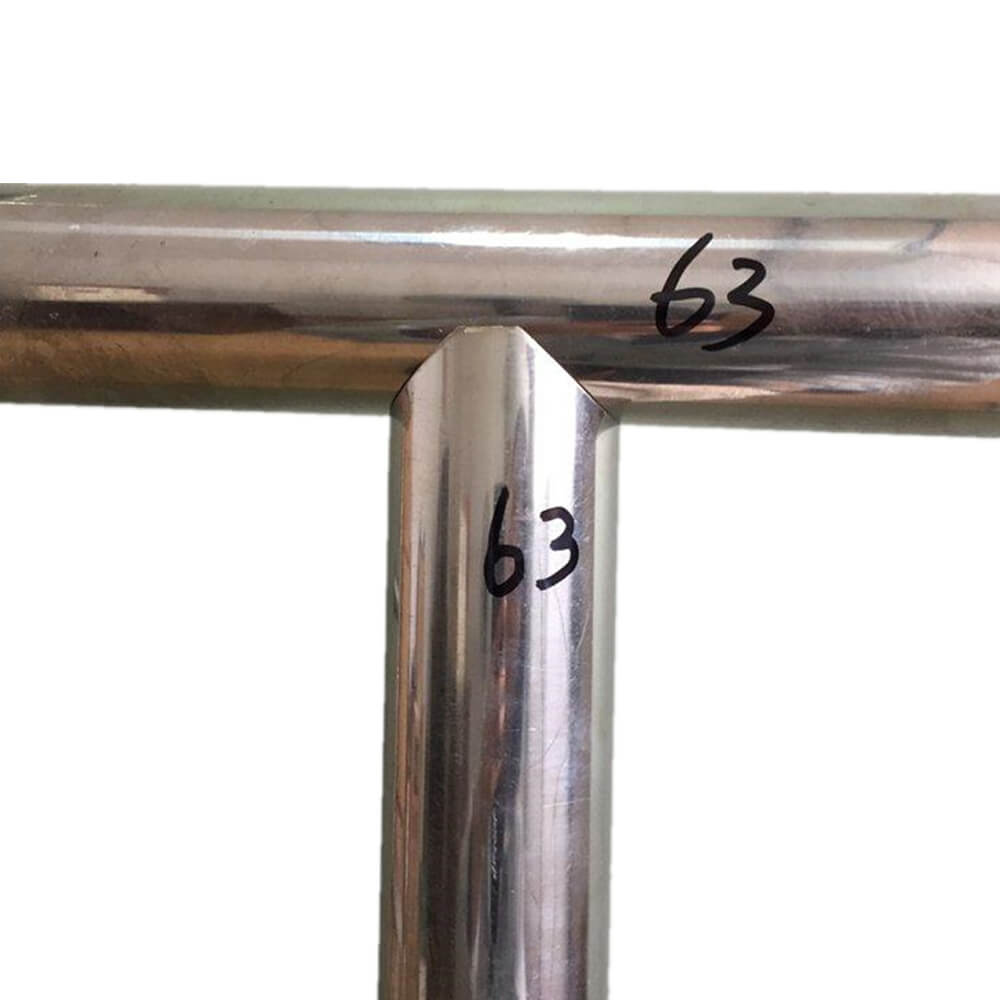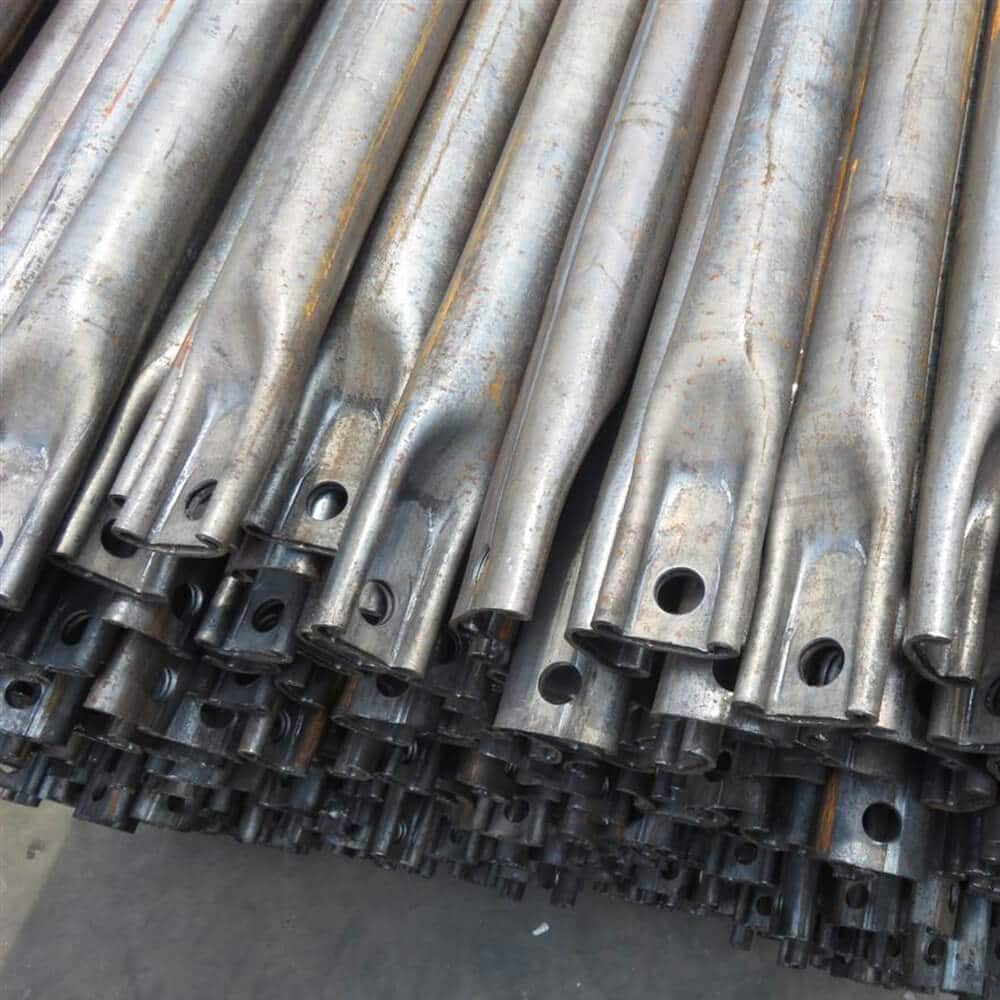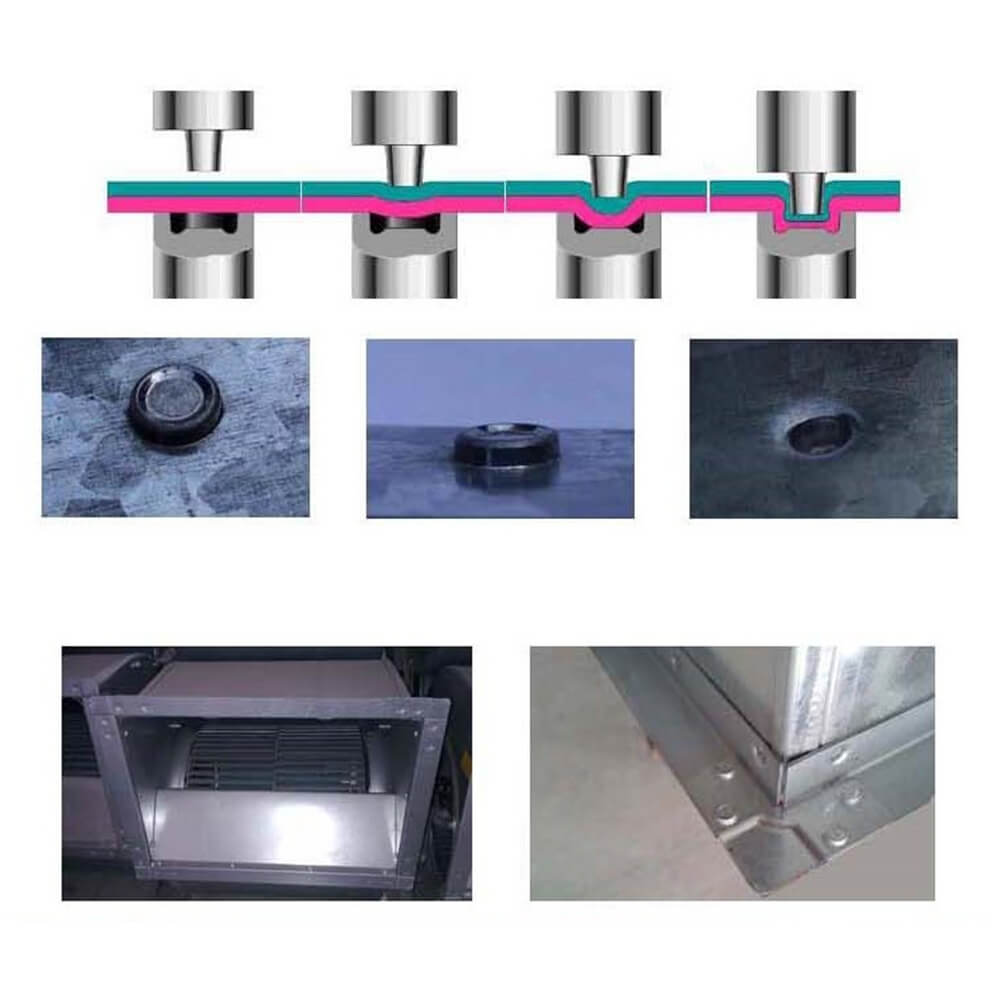Hydraulic Punching Machines Applications In Various Industries
Hydraulic punching machines are commonly available in a variety of industries, to punch holes of various shapes and sizes in metal sheets, plates, and other components. Here are some of the key applications of hydraulic punching machines in these industries.
Hole punching

Notching


Pressing

Cutting

Overall, hydraulic punching machines are essential tools for metal fabrication and manufacturing industries, as they allow for precise, efficient, and cost-effective production of metal components.
Construction and building industries
Hydraulic punching machines are widely worked in the construction and building industries due to their versatility, speed, and accuracy. Some of the applications of hydraulic punching machines in these industries include:
Punching and cutting holes in metal sheets and profiles for construction materials, such as steel beams, pipes, and channels.
Punching holes in metal plates and profiles for the installation of electrical and mechanical components in building systems, such as HVAC systems, plumbing, and wiring.
Cutting and punching holes in metal decking and panels for flooring, roofing, and cladding applications.
Punching holes and slots in metal frames and brackets for the assembly of structures and support systems, such as staircases, handrails, and guardrails.
Punching and cutting holes in metal plates and profiles for the installation of fire protection systems, such as sprinklers and fire alarms.
Fabricating metal brackets, clips, and other components for use in building and construction applications.
Punching and cutting holes in metal sheets and profiles for the installation of ventilation systems, such as air ducts and vents.
Creating custom shapes and designs in metal sheets and profiles for architectural and decorative applications.
Punching and cutting holes in metal plates and profiles for the installation of security systems, such as cameras and access control systems.
Fabricating metal components for use in infrastructure projects, such as bridges, tunnels, and highways.
Office furniture, tables, and chairs industries
ஹைட்ராலிக் குத்தும் இயந்திரங்கள் ஹைட்ராலிக் சக்தியைப் பயன்படுத்தி ஒரு பஞ்ச் மற்றும் டை செட்டில் சக்தியைப் பயன்படுத்துகின்றன, இது பல்வேறு பொருட்களில் துல்லியமான, சுத்தமான துளைகளை உருவாக்க அனுமதிக்கிறது. ஹைட்ராலிக் பஞ்ச் இயந்திரங்களின் அடிப்படை செயல்பாட்டுக் கொள்கைகள் பின்வருமாறு:
Punching machines can work in the office furniture, tables, and chairs industry to manufacture various components and parts with precision and efficiency. Here are some specific applications of punching machines in this industry:
Punching holes and shapes in metal frames: Punching machines can work to create precise holes and shapes in metal frames for tables and chairs. This allows for the efficient assembly of components and parts.
Forming metal plates for table tops and other components: Punching machines can also work to form metal plates to create table tops and other components of office furniture. This ensures that the metal is cut and shaped to the required specifications for a precise fit.
Punching holes for fastening and mounting: Punching machines can work to create holes for fastening and mounting various components of office furniture such as brackets, legs, and handles.
Notching and corner rounding: Punching machines can also work to notch and round corners on metal components to ensure a smooth and safe finish for office furniture.
Overall, punching machines play an important role in the manufacturing of office furniture, tables, and chairs, providing a fast, efficient, and precise method of punching, forming, and shaping metal components for these products.
Supermarket shelf and display rack industries
Punching machines widely work in the supermarket shelf and advertising display rack industries due to their ability to precisely punch holes and cut shapes in various materials. Some of the applications of punching machines in these industries include:
Creating holes in metal and plastic sheets for the installation of brackets, shelving, and other hardware components for supermarket shelves and advertising display racks.
Punching holes in metal sheets to allow for the insertion of wiring and cabling for lighting and other electrical components for advertising display racks.
Cutting and punching holes in metal and plastic sheets to create custom shapes and designs for advertising displays and signage for both supermarket shelves and advertising display racks.
Punching and cutting holes in metal and plastic sheets for the installation of mounting hardware for flat-screen TVs and other digital displays work in advertising display racks.
Creating custom shapes and designs in metal and plastic sheets for the production of branded product displays and promotional materials work on supermarket shelves and advertising display racks.
Punching and cutting holes in metal and plastic sheets to create frames and stands for product displays and promotional materials work on both supermarket shelves and advertising display racks.
Punching holes in metal and plastic sheets for the installation of fasteners, such as screws and bolts, for both supermarket shelves and advertising display racks.
Creating custom perforations in metal and plastic sheets to allow for ventilation and airflow for both supermarket shelves and advertising display racks.
Punching and cutting holes in metal and plastic sheets to create lightweight, durable shelving for retail and storage environments work in supermarket shelves and advertising display racks.
Creating custom shapes and designs in metal and plastic sheets to enhance the visual appeal of promotional displays and signage work on both supermarket shelves and advertising display racks.
Metal fabrication and manufacturing industries
Hydraulic punching machines have a wide range of applications in various industries, including the automotive, marine, and aerospace industries. Here are some specific examples of how hydraulic punching machines work in these industries:
- Automotive Industry: The automotive industry uses hydraulic punching machines to produce a wide range of metal components, including body panels, brackets, and engine parts. These machines work to punch holes, cutouts, and other shapes in the metal to create precise, high-quality parts.
- Marine Industry: In the marine industry, hydraulic punching machines work to manufacture various components, such as hulls, decks, and bulkheads. These machines work to punch holes and create shapes in the metal to produce lightweight and strong parts that can withstand the harsh marine environment.
- Aerospace Industry: In the aerospace industry, hydraulic punching machines work to create a variety of metal parts, such as brackets, panels, and frames. These machines work to punch holes and create shapes in the metal to produce lightweight and strong components that can withstand extreme conditions of flight.
Overall, hydraulic punching machines are essential tools for various industries, as they allow for precise, efficient, and cost-effective production of metal components that are critical for the automotive, marine, and aerospace industries.
Agriculture and farming industries
Hydraulic punching machines have a wide range of applications in the agriculture and farming industries. Some of the common applications of hydraulic punching machines in these industries include:
- Fabrication of farm equipment and machinery: Hydraulic punching machines work to punch holes, cut shapes and make perforations in the metal sheets work in the production of farm equipment and machinery.
- Animal husbandry: Hydraulic punching machines work to punch holes in metal sheets that are working in the production of animal feeders, water troughs, and other farm equipment work for animal husbandry.
- Crop cultivation: Hydraulic punching machines work to punch holes in irrigation pipes, which work to supply water to crops, orchards, and nurseries.
- Greenhouse farming: Hydraulic punching machines work to punch holes in the metal and plastic sheets work in the construction of greenhouse structures. This allows for proper ventilation, which is essential for the growth of plants.
- Vineyard management: Hydraulic punching machines work to punch holes in metal sheets for the installation of trellis systems, which support grapevines and help them grow in the desired shape.
- Horticulture: Hydraulic punching machines work to punch holes in metal sheets that are working to create raised garden beds and other structures work in horticulture.
- Fruit processing: Hydraulic punching machines work to punch holes in metal sheets that work to create fruit bins and other equipment work in fruit processing.
- Livestock breeding: Hydraulic punching machines work to create custom shapes and designs in metal sheets for the production of livestock shelters, feeders, and other equipment work in livestock breeding.
- Agriculture research and development: Hydraulic punching machines work to punch holes and cut shapes in metal sheets for the production of agricultural research equipment and testing machines.
- Aquaculture: Hydraulic punching machines work to punch holes in metal sheets that work in the production of fish farming equipment and aquaculture structures.
Plumbing and HVAC industries
Hydraulic punching machines have a variety of applications in the plumbing and HVAC (heating, ventilation, and air conditioning) industries. Here are some examples:
- Creating holes in ductwork: Hydraulic punching machines can work to create precise holes in ductwork for vents and other fittings.
- Punching holes in pipes: Hydraulic punching machines can work to create holes in pipes for various purposes such as drainage, ventilation, and attaching fixtures.
- Cutting and punching sheet metal: Hydraulic punching machines can work to cut and punch sheet metal for various HVAC applications.
- Creating hangers and supports: Hydraulic punching machines can work to create custom hangers and supports for pipes and ductwork.
- Fabricating HVAC components: Hydraulic punching machines can work to fabricate various components for HVAC systems such as flanges, elbows, and tees.
- Creating holes in insulation: Hydraulic punching machines can work to create precise holes in insulation to accommodate HVAC equipment and ductwork.
- Punching holes in copper tubing: Hydraulic punching machines can work to create holes in copper tubing for various plumbing applications.
Overall, hydraulic punching machines are versatile tools that can work for a wide range of applications in the plumbing and HVAC industries.
Medical and pharmaceutical industries
Hydraulic punching machines have a variety of applications in the medical and pharmaceutical industries. Here are some examples:
- Creating holes in packaging: Hydraulic punching machines can work to create precise holes in packaging for medical and pharmaceutical products, such as for attaching needles or other accessories.
- Punching holes in tubing and fittings: Hydraulic punching machines can work to create holes in tubing and fittings for various medical and pharmaceutical applications.
- Cutting and punching stainless steel sheets: Hydraulic punching machines can work to cut and punch stainless steel sheets for various applications in the medical and pharmaceutical industries.
- Creating components for medical devices: Hydraulic punching machines can work to fabricate various components for medical devices, such as catheters, stents, and implants.
- Punching holes in plastic components: Hydraulic punching machines can work to create holes in plastic components for various medical and pharmaceutical applications.
- Fabricating custom components: Hydraulic punching machines can work to fabricate custom components for various medical and pharmaceutical applications, such as for lab equipment or packaging.
Overall, hydraulic punching machines are versatile tools that can work for a wide range of applications in the medical and pharmaceutical industries. They can help to improve the precision and efficiency of various processes, and can be worked to create custom components and devices to meet specific requirements.

